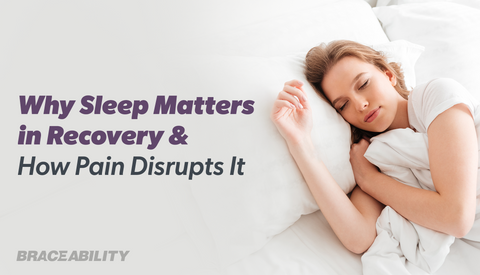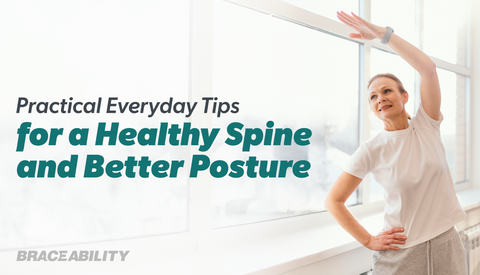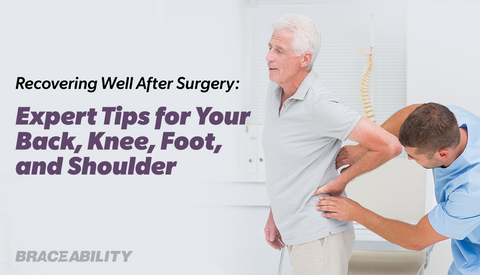Bad Posture
We’ve been told time and time again to “sit up straight” or “stop slouching”, but have we ever considered the health benefits of having good posture? In fact, people often attempt to fix their posture merely because it makes them look more confident, slimmer, and attractive. While all this may be true, bad posture can create many health issues that should be reason enough to work towards better posture. For example, bad posture is linked to chronic back pain, migraines, poor digestion, lack of oxygen flow, and much more.

What Causes Bad Posture?
Poor posture or “postural dysfunction” is defined as when our spine is being held in an unnatural position. The result of these unnatural positions are extra stress on our joints, muscles, and vertebrae. Most often, poor posture is something that we naturally do without even noticing. Anyone can suffer from poor posture and if you begin poor posture at a young age, is it likely you will carry it throughout your life. People are becoming more and more susceptible to posture issues because of the use of technology, forcing us to hold ourselves in unique positions to view a small screen. Unless you are actively working towards good posture, you are most likely making some type of posture mistake without even realizing it.
What are the Negative Effects of Poor Posture?
Poor posture has the potential to create numerous health issues including:
-
Low energy levels - The shallow breathing created by bad posture causes our energy levels to lower greatly.
-
Chronic neck and back pain - Sitting or standing in slouched positions for any extended period of time puts extreme stress on your back and neck. At first this pain may just be short and acute. However, over time poor posture can do as much as completely misalign your spine.
-
Lack of oxygen flow throughout the body - The lungs function correctly when the diaphragm and rib cage properly expand. In essence, having poor posture restricts blood and oxygen flow because the expansion isn’t happening correctly.
-
Heart problems - The muscle strain and poor posture of the spine and rib cage negatively impact your heart health. This is mostly because of the lack of blood flow that occurs when you hunch over for extended periods of time. Also, any type of misalignment of your spine has the trickle down effect on other parts of your body.
-
Migraines and tension headaches - migraines and tension headaches are most commonly seen in people who spend all day working at a desk. The strain placed on the body from holding oneself incorrectly makes a person vulnerable to migraines and tension headaches. The lack of blood and oxygen flow to the head is also a component of this type of pain.
-
Lack of confidence - Many studies have shown a connection between someone who slouches and a lack of confidence. Often times these studies take it a step further saying that people who slouch are more likely to suffer from depression, stating people who slouch when they walk tend to experience increased feelings of depression and decrease levels of energy.
-
Digestion issues - Sitting for most of the day starts to constrict your intestines. The constriction of your intestines can make digestion a big problem. Poor posture has been attributed to issues like acid reflux and hernias.
What is Bad Posture and How do I Fix it?
Poor posture can come in a variety of different shapes and sizes. Everyone has their own way of incorrectly holding their posture. However, some posture issues are more common than others.
Problem: Slouching in a Chair
Many people have become accustomed to the chair slouch because sitting straight doesn’t feel natural or comfortable. The natural tendency of a person sitting down for extended periods of time is to slouch over or down in the chair. This type of slouching is especially common with kids, teens, and people who work sedentary jobs. Over time, the chair slouch places extreme amounts of strain on muscles and soft tissues. In return, this position is known to create lots of back, shoulder, and leg pain. It may seem like the natural and comfortable stance at first, but gradually being a chair sloucher will backfire on your health.
Solution: Proper Sitting Posture
To have good chair adequate you want to work at keeping all of your body parts aligned with the others. Always sit as far back as possible with your chair as close to the desk as possible (if you’re sitting at one). Your feet should be flat on the ground, not crossed or shifted in any specific direction.
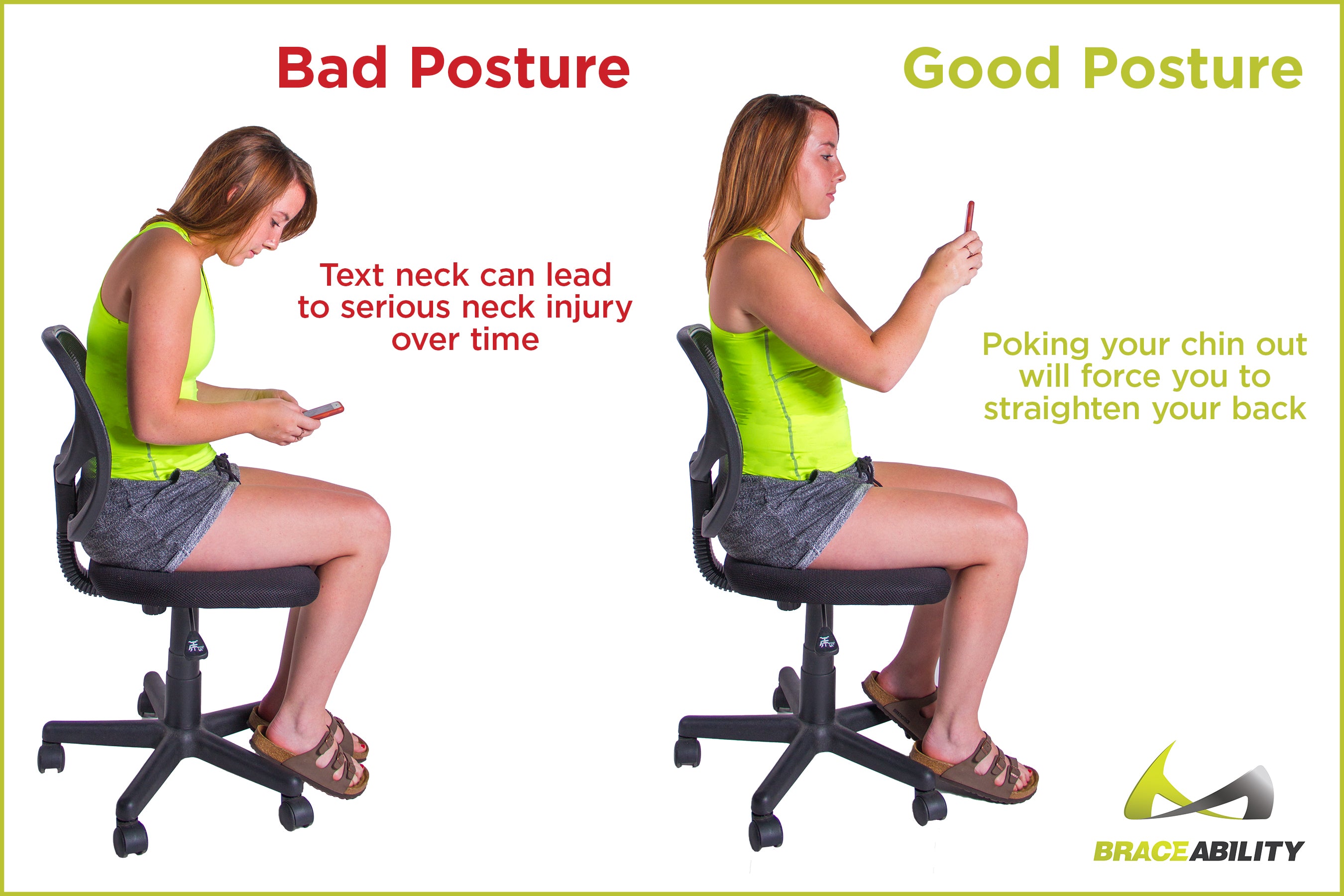
Problem: Hunched Back or “Text Neck”
If you stand with a hunched back, you will likely notice the rounding of your upper back overtime. If you work at a desk, you probably notice yourself leaning over the keyboard at your neck, this is leads to bad posture. Unfortunately, most people hold this hunched neck stance when texting or using a mobile device.. You can have “text neck” while sitting or standing. This hunched stance can create many long term negative health effects as it is one of the most common posture issues.
Solution: How You Should Correct Hunched Back and “Text Neck”
There are a few different tricks you can try in order to correct your hunched back. For example, poking your chin out will force you to straighten your back. It’s important you work to lengthen your neck and bring your shoulder blades in towards your spine.
Problem: Rounded Shoulders
Rounded shoulders are one the most common posture mistakes. The rounding of the shoulder stems from weakness in the middle and lower parts of your shoulders and back. You can tell if you suffer from rounded shoulders by standing in front of a mirror and allowing your arms to hang naturally. If your knuckles face forward it is a strong indicator of rounded shoulders.
Solution: How to Correct Rounded Shoulders
Thankfully, there are a lot of ways to correct your rounded shoulders. If you suffer from rounded shoulders a posture brace is a great solution. The posture brace works well for rounded shoulders because it focuses on pulling your shoulders back. There are many exercises and stretches that help to correct this issue as well.
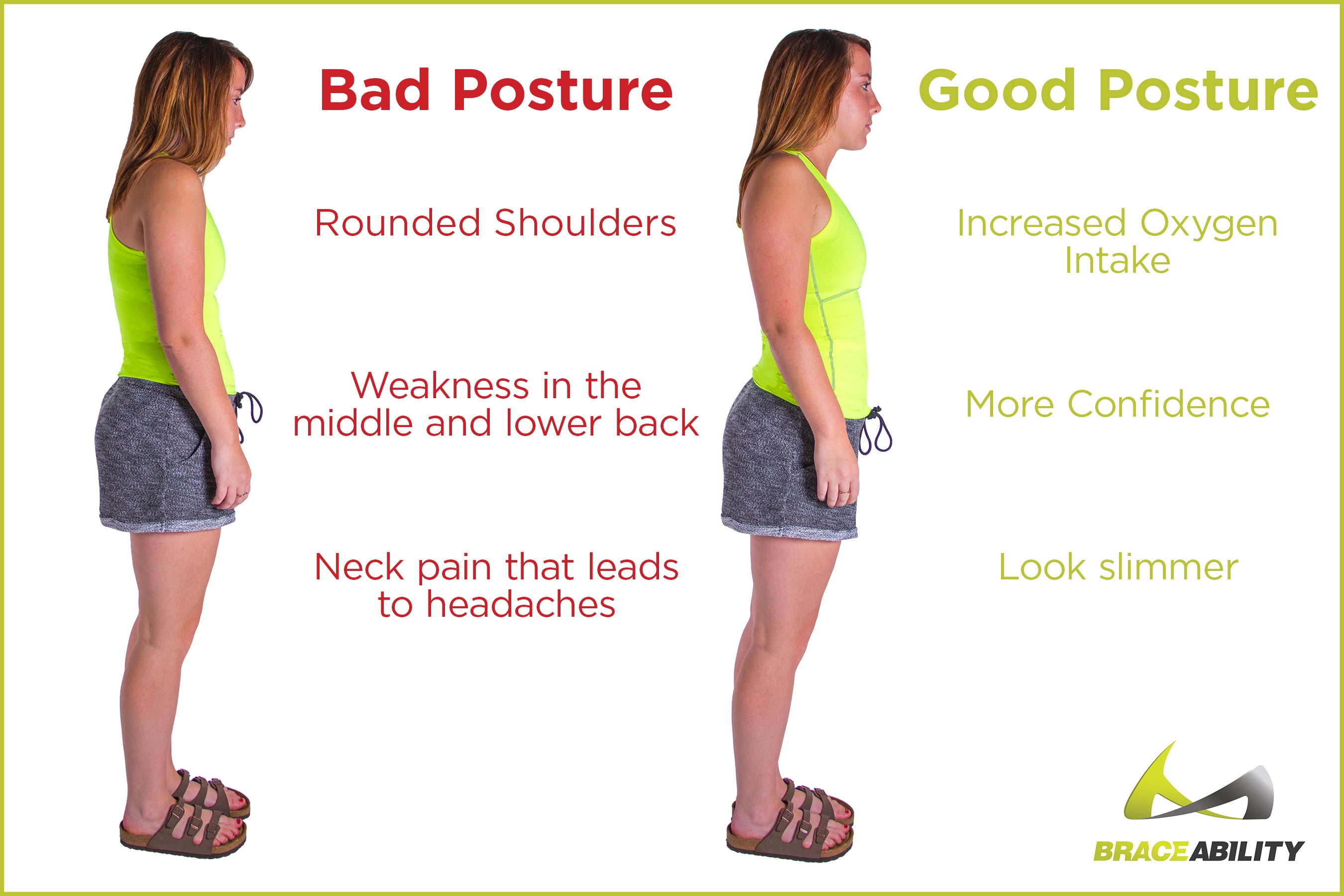
How do I get Proper Posture?
Poor posture is treatable, and you’ve already taken the first step by recognizing you may have bad posture. Once you know there is a problem, you will become more aware of when you are holding bad posture. Just being aware of your bad posture and attempting to correct it naturally may not be enough. At BraceAbility, we recommend making a conserved effort at correction to get the best results. You can do this in a variety of different ways including wearing a corrective posture brace, exercises to strengthen muscles that hold yourself upright, and stretches to offer the same muscles relief. Learn more about the different types of posture braces available, what they do, and how they treat bad posture. When stretching and exercising to adjust your posture, you want to focus on your shoulders and abs, as these are the areas are in charge of posture. For examples of stretches and exercises for posture correction watch our video. If you’d like to take it one step further, join our BraceAbility team in the 21 day posture challenge.








